Fantastic ochre colors in the mountains of the northeast of Argentina
The Humahuaca Quebrada Canyon, in the province of Jujuy, northwest of the Argentina , shelters a fascinating geological curiosity . The mountains of Hornocal or "Serranias del Hornocal" are located only 25 km from Humahuaca, along a well maintained dirt road. This mountain range is really to be seen for all those who visit Argentina. Quite surprisingly, this site is away from almost all the tourist circuits, why the Serranias del Hornocal remain unknown for most travelers on the road leading to Humahuaca.
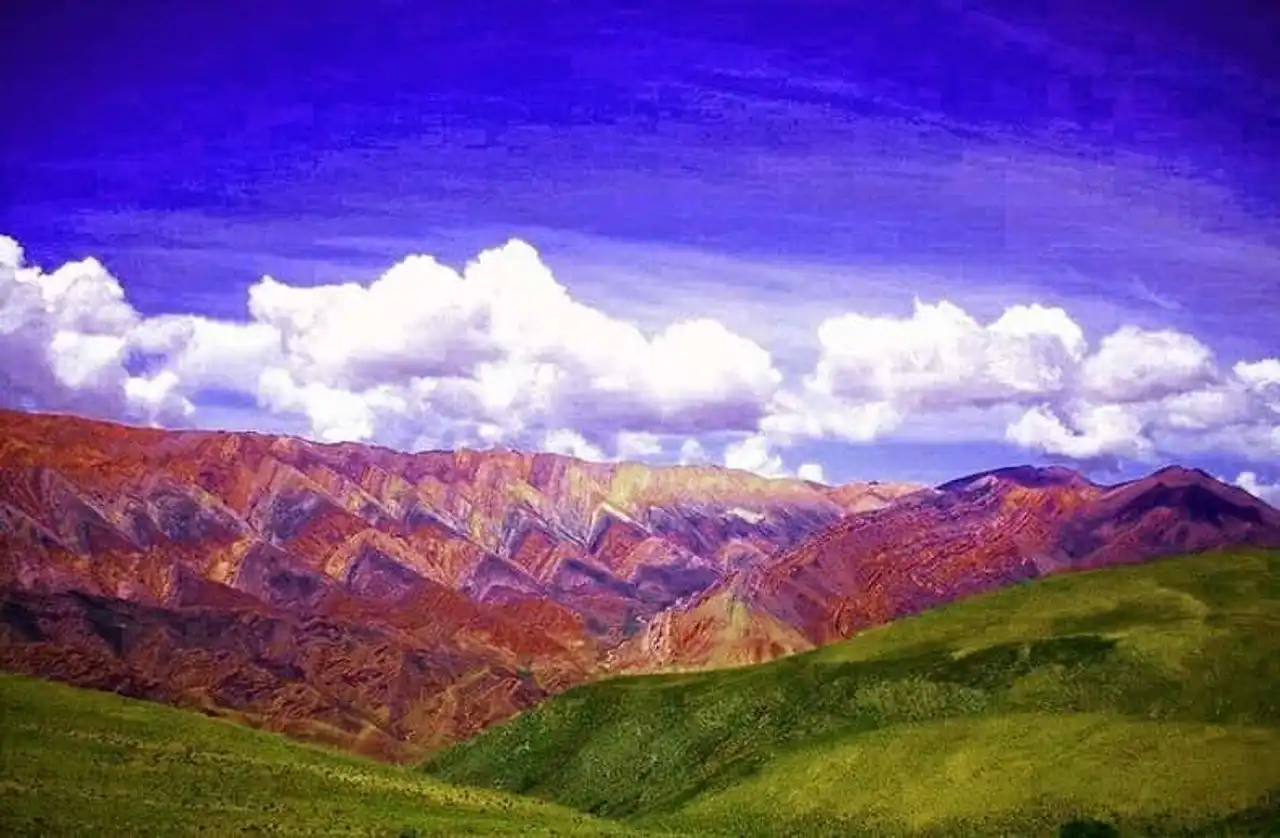
The incredible colors and V-shaped inverted formation that we see here are part of the limestone formation called Yacoraite which extends from Peru to Salta, through Bolivia and Humahuaca Quebrada. The road that leads to this place, located at an altitude of more than 4300 meters, is inaccessible by bus, but can be easily borrowed by an ordinary car or a 4×4. Despite warnings of inaccessibility and possible risks, those who travel to this place have discovered that it is actually a fairly easy road.
The Quebrada de Humahuaca was declared Cultural and Natural Heritage of Humanity in July 2003 by UNESCO.
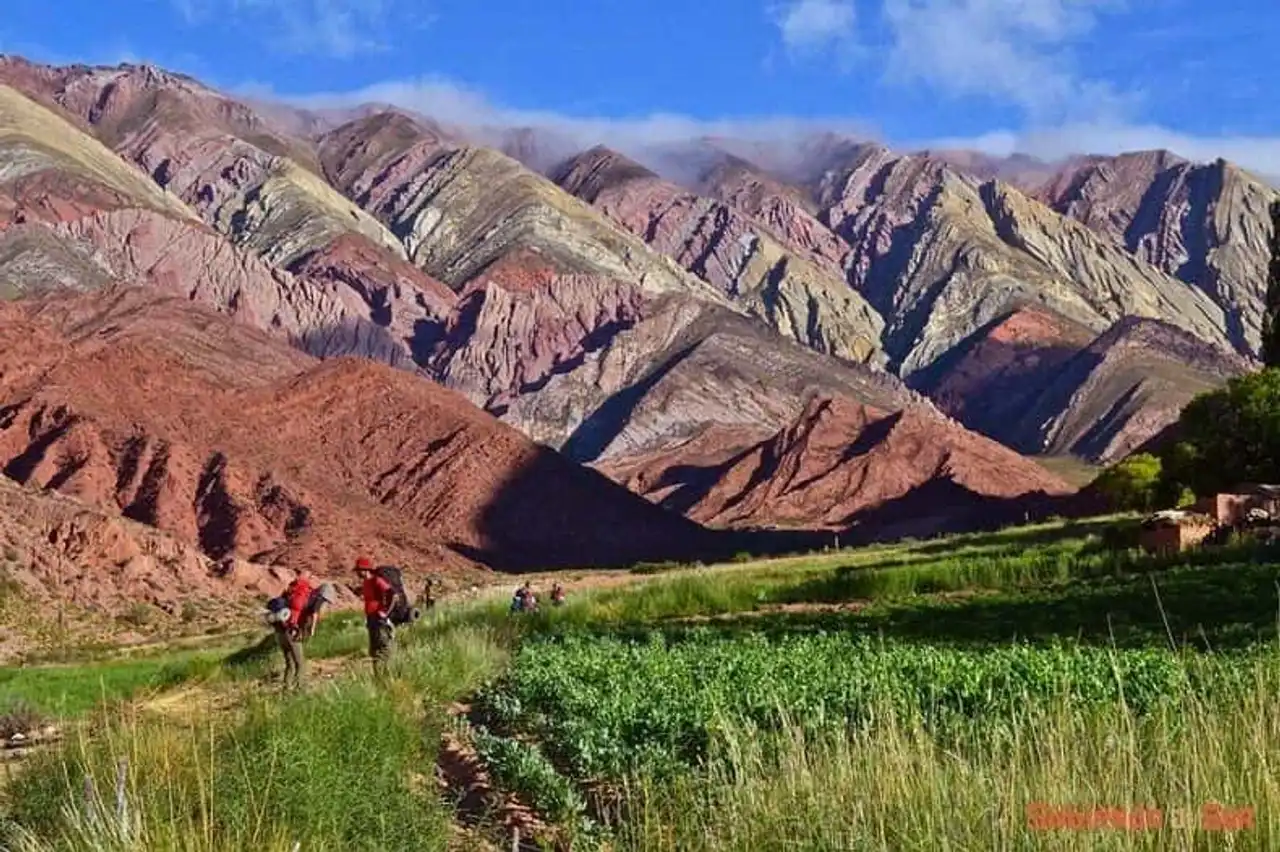
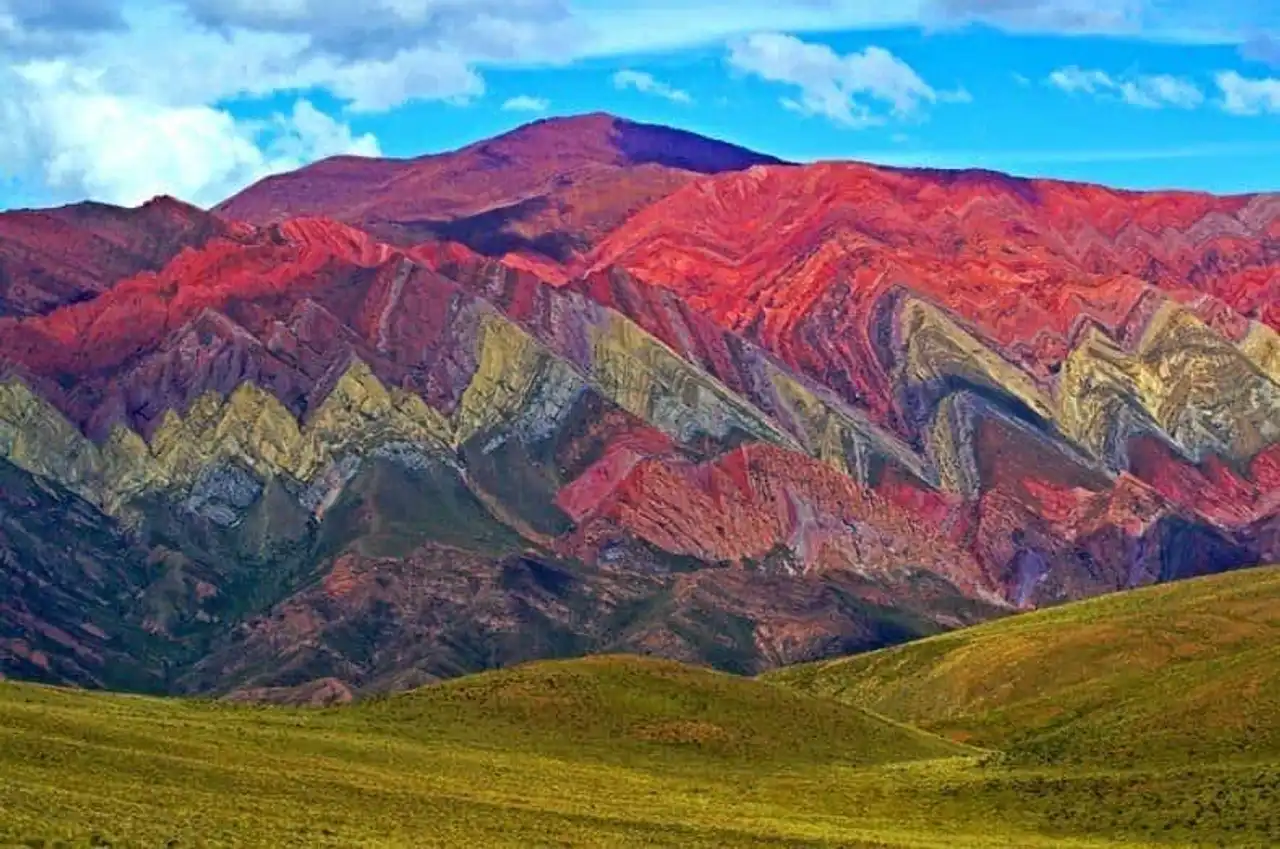
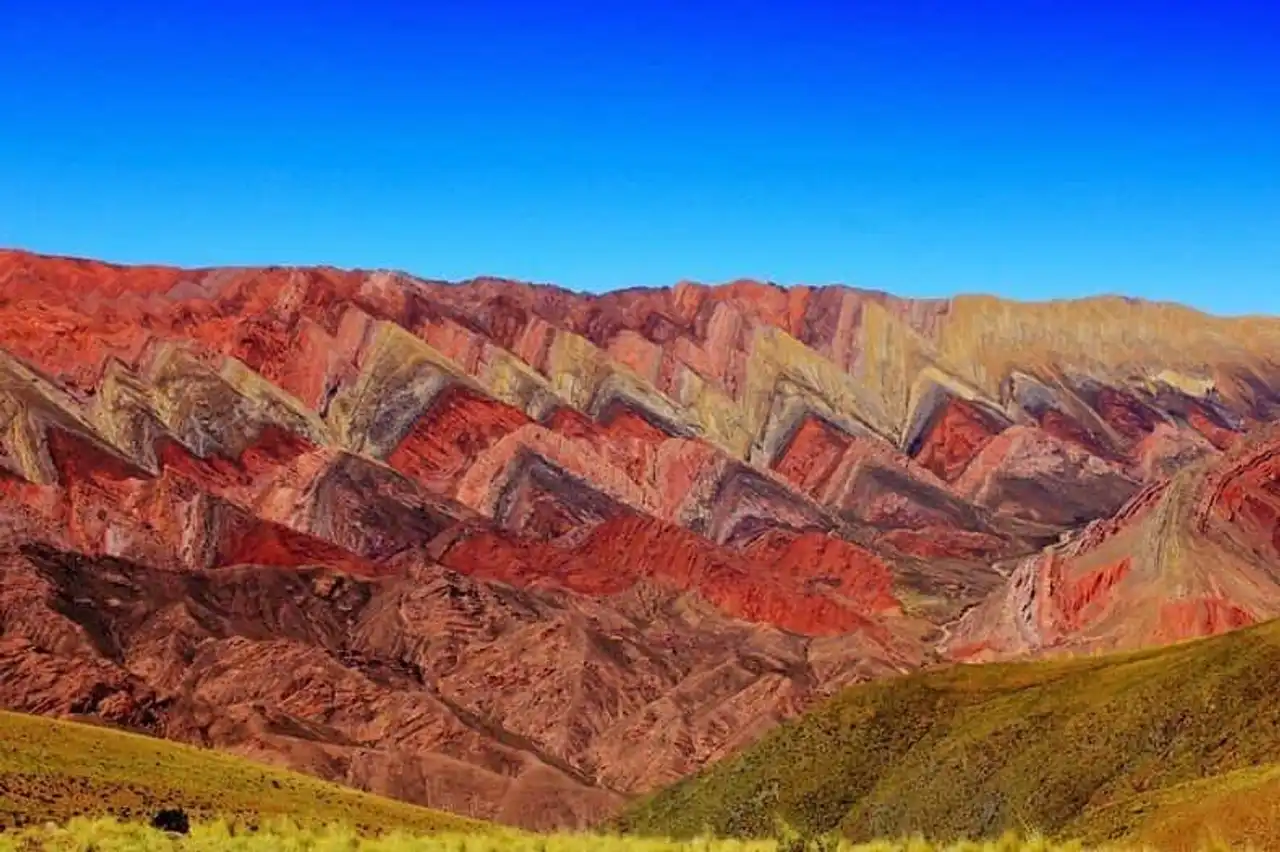
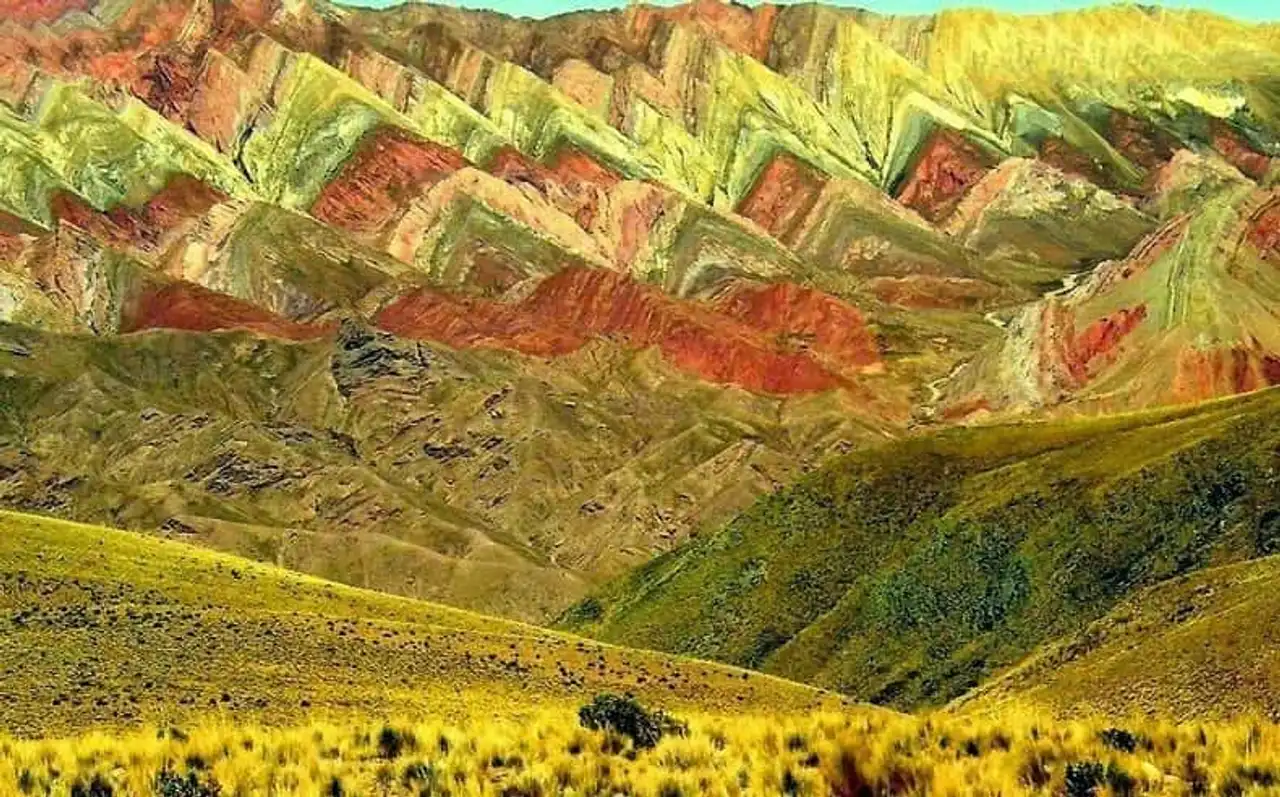
Purmamarca and the seven-colored hill
Nearly 70 kilometers south of the city of Humahuaca, you can admire an identical geological show, namely the Cerro de los Siete Colores , hill with 7 colours which borders the village of Purmamarca . Appeared about 75,000 years ago, the hill was formed by a complex geological process resulting from river, marine and lake sedimentation. The hill is thus called because of the various pigments acquired by the minerals that make up the sedimentary layers. It is said that you can see seven colors in the hill, but most people only see four. The ideal is to observe the colours of the hill in the morning. And preferably from the main road, about 400 meters before entering the village.
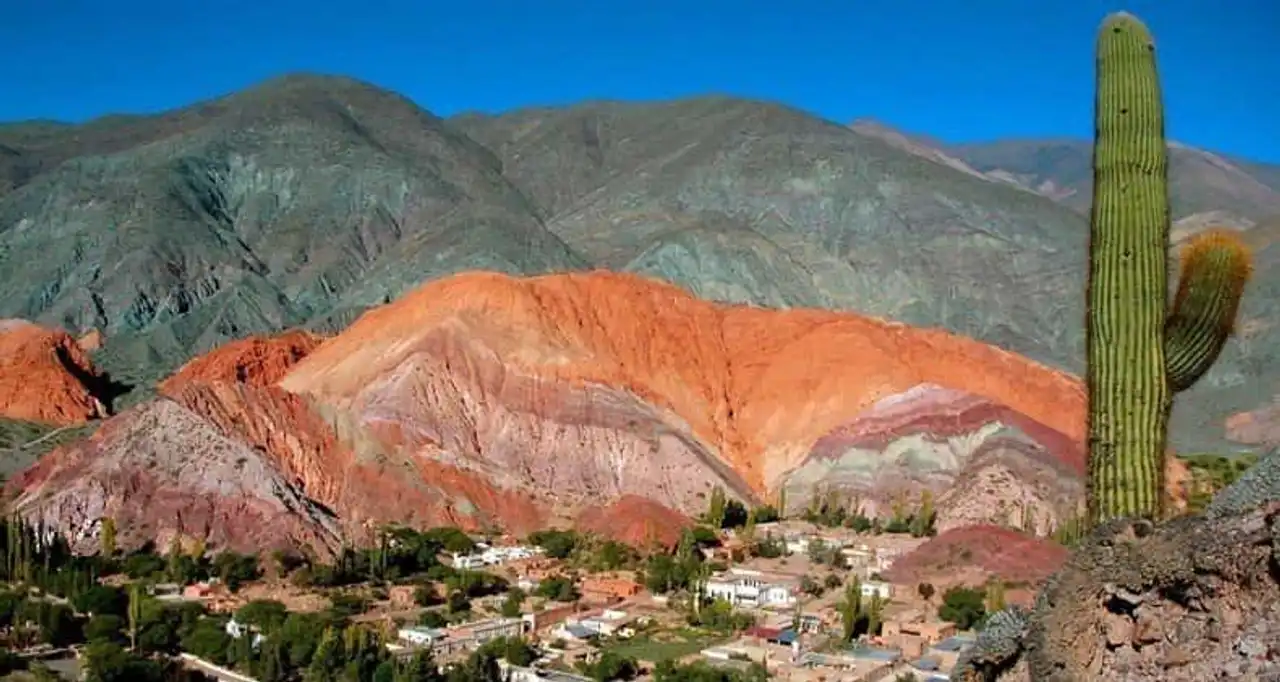
Purmamarca is just a simple village in the province of Jujuy, but thanks to its magnificent background, the Cerro de los Siete Colores , it developed into a popular tourist village. The origin of the village dates back to the 16th century, when it was part of the uncasing paths. The church of Sainte Rose in the center of the city, and the square in front of the church where every morning the craft market is the main attractions of the village. There is also the old Cabildo the smallest in the country. A few blocks away, design craft shops and gourmet restaurants give a touch of exclusivity to the landscape, with picturesque hotels with refined architecture, high quality and outstanding services.
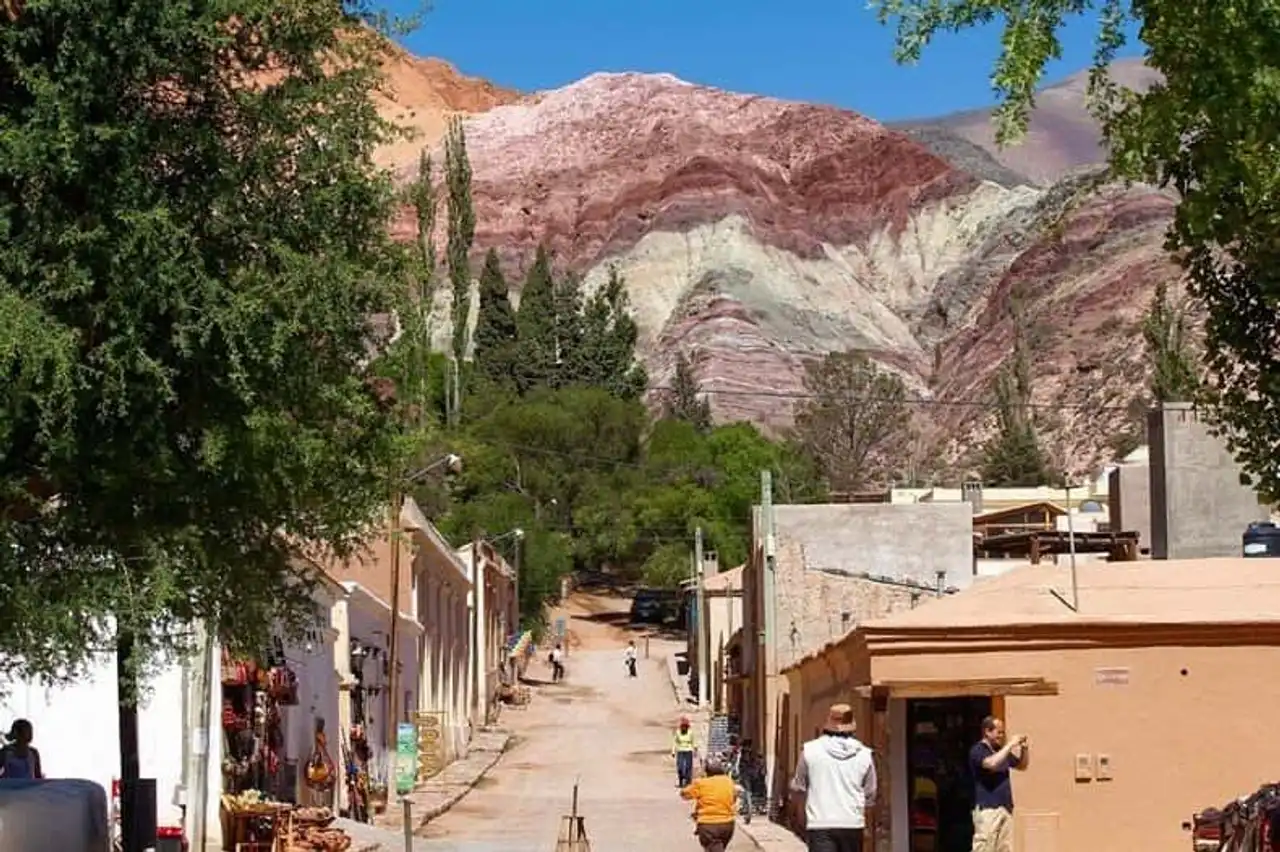
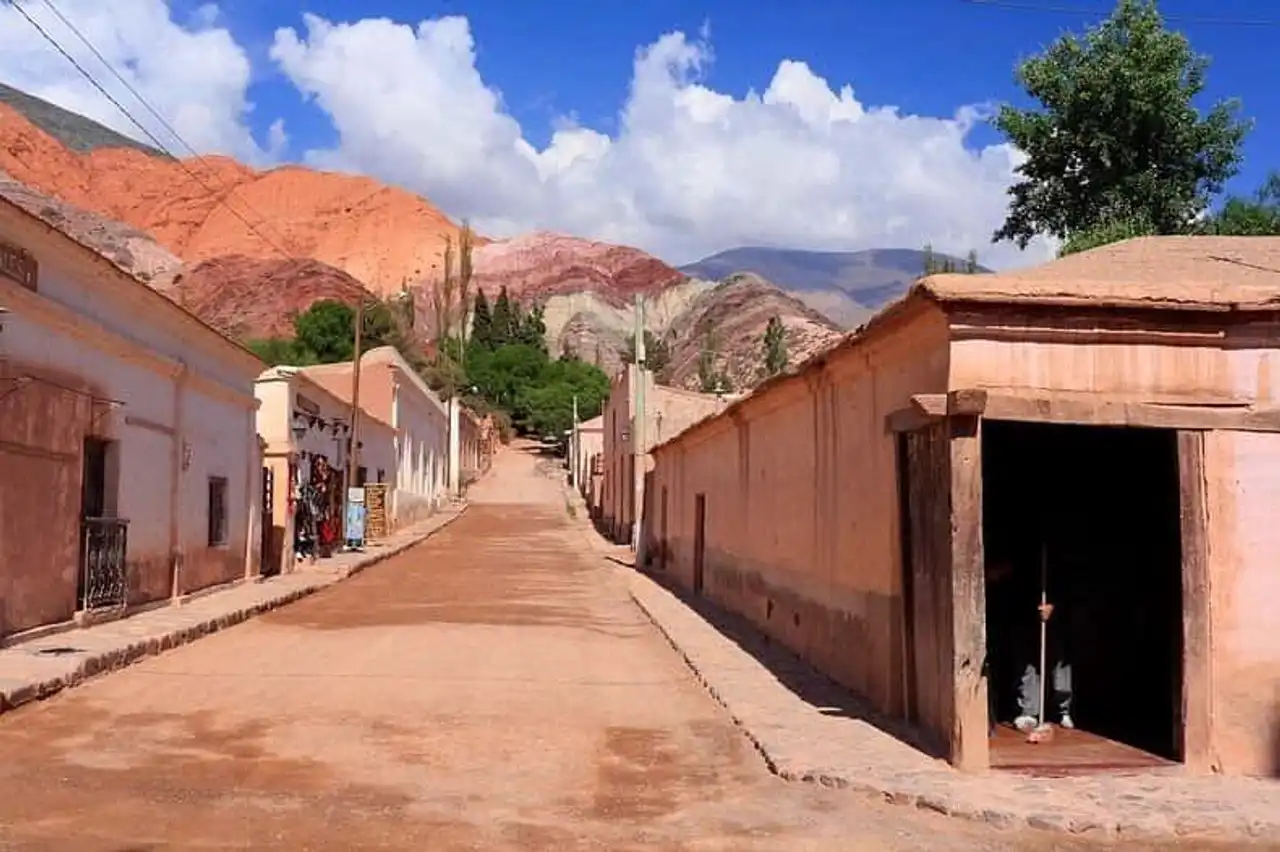
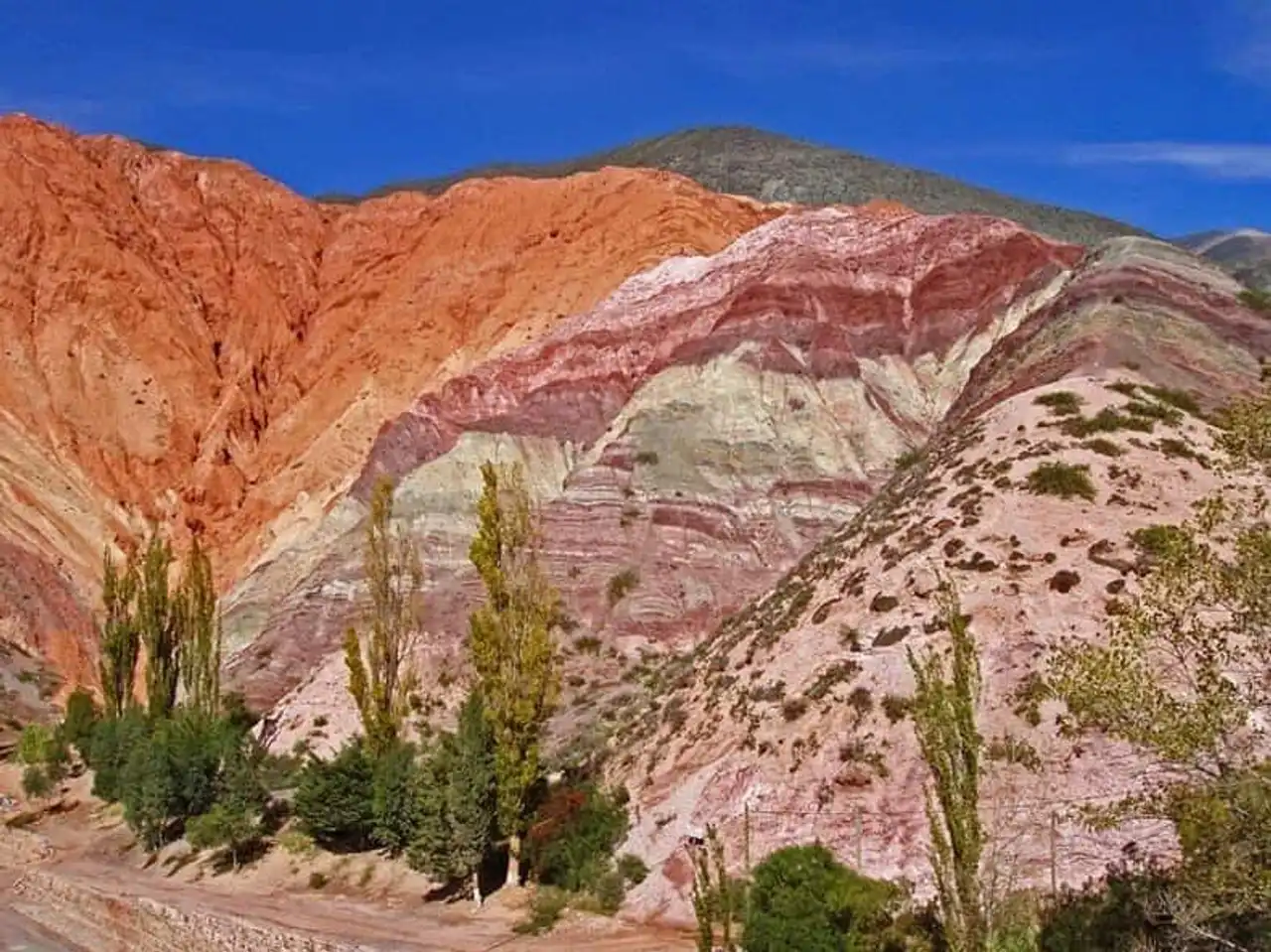
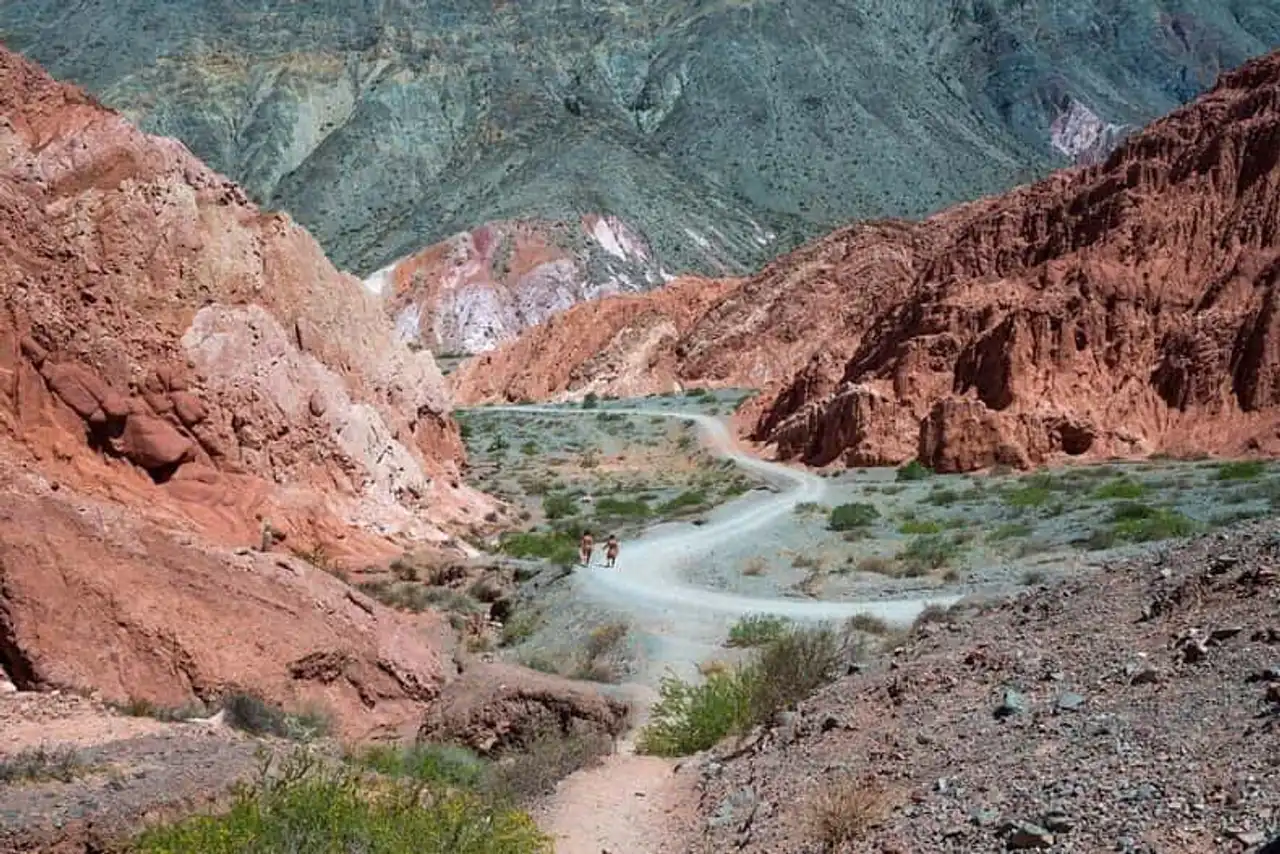




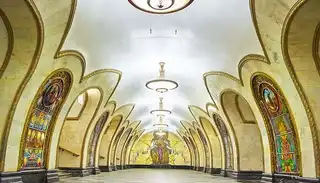

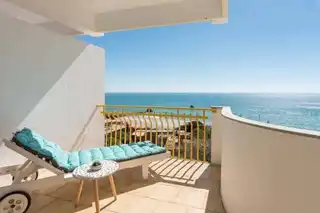
Loading comments ...